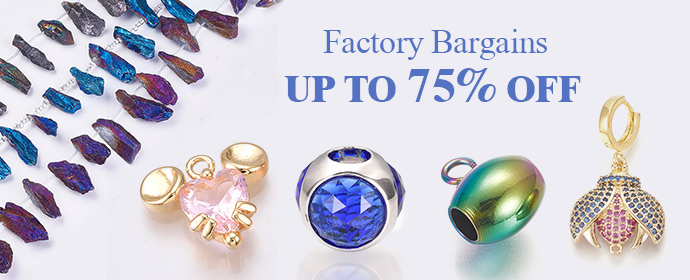Counterfeit nails, otherwise called fake nails or nail augmentations, have acquired massive prevalence in the realm of excellence and style. These beautiful upgrades offer people a large number of choices to put themselves out there and add a dash of excitement to their appearance. From upgrading fearlessness to filling in as imaginative materials, counterfeit nails have advanced essentially throughout the long term. In this blog, we will investigate the different sorts, materials, application techniques, and upkeep tips for counterfeit nails.
Sorts of Phony Nails
Acrylic Nails
Acrylic nails are one of the most well-known and persevering types of phony nails. They are made by blending a fluid monomer with a powdered polymer to frame a flexible substance. Nail specialists utilize this blend to shape the ideal nail shape, length, and thickness. Once formed, acrylic nails solidify through openness to the air. These nails are known for their sturdiness and protection from chipping or breaking.
Gel Nails
Gel nails are a more adaptable and lightweight option in contrast to acrylic nails. They are made utilizing a gel-based substance, which is applied in layers and afterward restored under a UV or Drove light. Gel nails have acquired prominence for their normal appearance and capacity to keep a shiny completion. They are often considered a more agreeable choice because of their adaptability.
Silk Nails
Silk nails are made by setting a slim layer of silk texture onto the normal nail and protecting it with glue. This technique is great for people looking to fix harmed or powerless nails. Silk nails give added strength and backing while keeping a characteristic look.
Fiberglass Nails
Fiberglass nails include the utilization of fiberglass expansions that are applied utilizing cement. Like silk nails, this technique is useful for people with powerless or harmed nails. Fiberglass nails are lightweight and give major areas of strength for a, characteristic, finish.
Fake Nails
Fake nails are pre-created counterfeit nails that can be applied at home without the requirement for proficient help. They are normally joined utilizing cement tabs or nail sticks. These nails come in different shapes, sizes, and plans, making them a helpful and reasonable choice for transitory nail improvements.
Materials Utilized for Fake Nails
Acrylic
Acrylic nails are produced using a combination of fluid monomer and powdered polymer. They are known for their durability and life span. Acrylics can be tweaked with different varieties, plans, and embellishments.
Gel
Gel nails are made utilizing a gel-based substance that solidifies when exposed to UV or Drove light. Gels come in various viscosities, considering flexibility in nail plans. They are frequently liked for their regular appearance and adaptability.
Silk and Fiberglass
Both silk and fiberglass nails use texture materials for strength and backing. They are lightweight and give a characteristic-looking completion. These materials are especially reasonable for nail fixes and support.
Fake Nails
Fake nails are regularly made of plastic or acrylic. They arrive in a collection of plans and can be effectively applied and eliminated on a case-by-case basis.
Don’t forget to send me your feedback!
BY: DANIYAL KHAN
Recommended1 recommendationPublished in apparel, Bridal, Our Fashion Passion, Uncategorized






